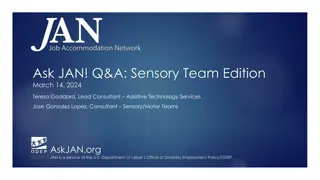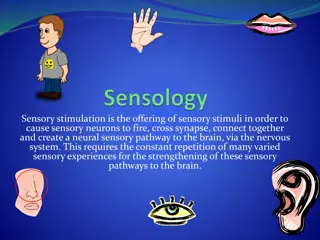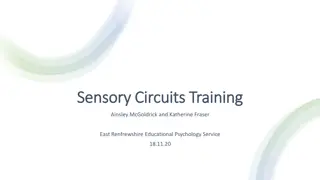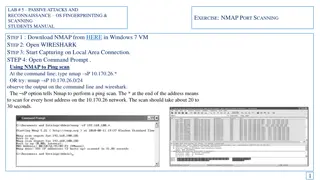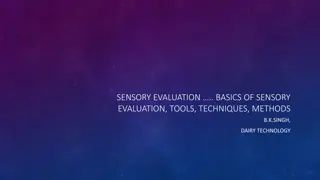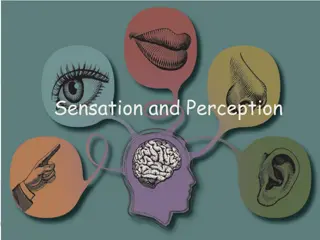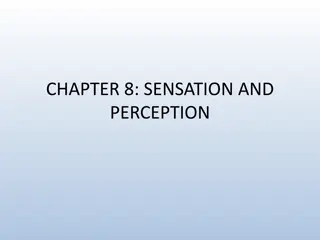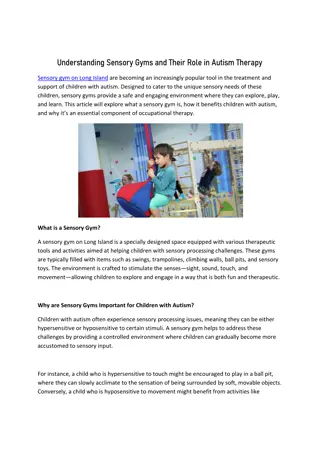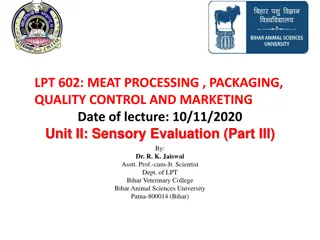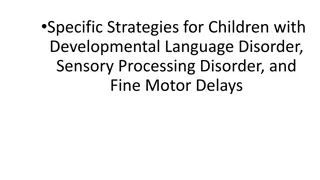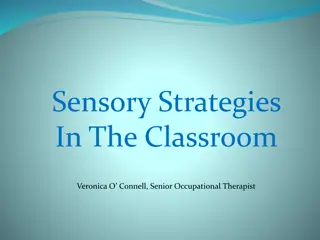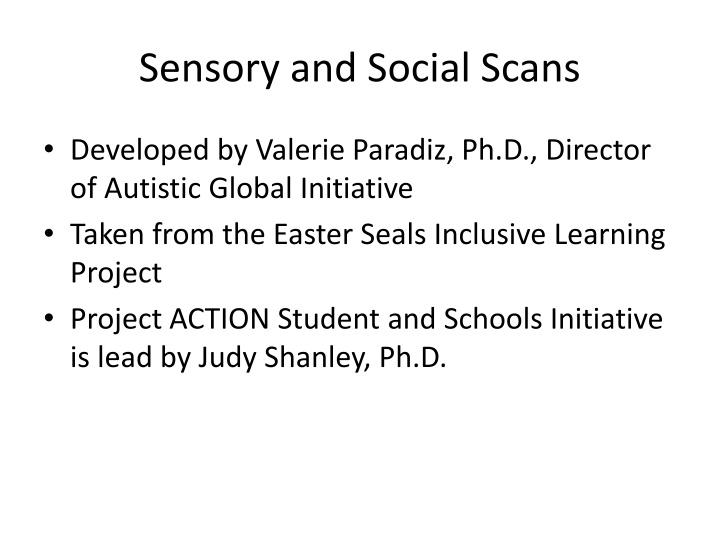
Empowering Self-Advocacy for Individuals with Autism: A Practical Guide
Discover the three essential steps of self-advocacy for individuals like Jon, who has autism and sensory sensitivities, including self-awareness, creating an advocacy plan, and successful implementation in public transportation settings. Learn how disclosure choices can influence outcomes and empower individuals to access their rights under the American with Disabilities Act (ADA).
Download Presentation

Please find below an Image/Link to download the presentation.
The content on the website is provided AS IS for your information and personal use only. It may not be sold, licensed, or shared on other websites without obtaining consent from the author. If you encounter any issues during the download, it is possible that the publisher has removed the file from their server.
You are allowed to download the files provided on this website for personal or commercial use, subject to the condition that they are used lawfully. All files are the property of their respective owners.
The content on the website is provided AS IS for your information and personal use only. It may not be sold, licensed, or shared on other websites without obtaining consent from the author.
E N D
Presentation Transcript
Sensory and Social Scans Developed by Valerie Paradiz, Ph.D., Director of Autistic Global Initiative Taken from the Easter Seals Inclusive Learning Project Project ACTION Student and Schools Initiative is lead by Judy Shanley, Ph.D.
3 Steps of Self-Advocacy What is Self-Advocacy? The three steps: 1. Self-Awareness 2. Advocacy Plan 3. Implementation
Step 1: What Do I Need? Jon has autism Sensory difficulties Tactile sensitivity I like people, but being touched feels like a bad sunburn. Jon wants to take the subway to work. The subway makes Jon feel anxious.
Step 2: How Do I Get What I Need? Jon wants to feel less anxious. He makes a script that he can use when the subway is crowded. Jon practices his script with a friend. Would you mind letting me take that seat? If I get bumped, I feel lots of pain. It is a medical problem. Thank you.
Step 2: What is Disclosure? Jon does not feel he needs to share that he has autism in order to make a good advocacy plan. Jon is going to make a partial disclosure by saying he has a medical condition. A partial disclosure helps others understand that your needs are legitimate, but you don t have to tell all.
Jons Disclosure Choices Type of Disclosure Possible Outcome 1. Other passengers will think I m weird if I ask them to move without some kind of explanation. 1. No disclosure 2. If I say I have autism, another passenger might misunderstand my needs, since many people don t know that people with autism has sensory challenges. 2. Full disclosure 3. If I explain my sensory sensitivity as a medical condition, other passengers are more likely to understand. 3. Partial disclosure
Step 3: Implementation Jon practiced his script. Jon took the subway to work. He used the script on the busy subway and was able to get the right kind of seat to keep himself from touching or bumping into others.
Disclosure and the ADA We all have the right to access public transportation. The American s with Disabilities Act (ADA) protects this right for people with disabilities. Some disabilities are easy to recognize. Some disabilities are not easy to recognize, like Jon s sensory problem. If you disclose to a transportation worker that you have a disability, they must abide by ADA rules and allow you access and certain supports. Disclosure can be a form of self-advocacy.
Social Aspects of Transportation Navigating transit locations (transit stops, paying fares) Interactions with transit workers Interactions with other passengers Verbal communication Non-verbal communication Social norms and expectations Safety
Exercise: Sensory Systems Pre-Teaching Tool Fill in the last column on the Sensory Systems Pre-Teaching Tool Focus on sensory input here in the classroom Turn to your neighbor and discuss your input You will have 5 minutes to complete this exercise

